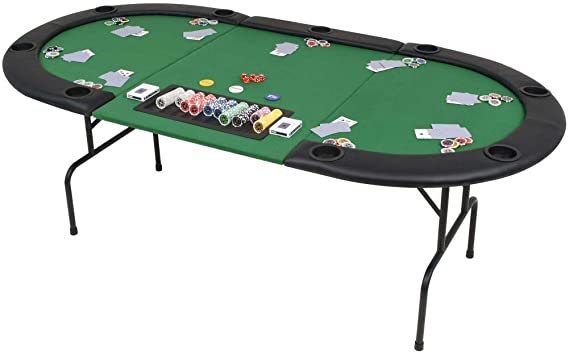Is Poker a Game of Chance and Skill?

Poker is a game of chance and skill. There are certain Rules you should know and be aware of. It is also a game of psychology. Before you get started, read this article to find out the basics of the game. After you have understood the Rules, it is time to learn about the different types of poker hands. Below are some of the most common types of hands:
Game of chance
Most people associate a game of chance with gambling, and while gambling is an inherent element of poker, it is a game of skill, too. The game is largely based on math, with much of the strategy involving calculating odds and determining expected values. Psychology plays a major role as well, when reading tells at the table and adjusting your play style. In particular, bluffing involves making a well-informed decision based on the reads of other players.
Game of skill
If you’ve ever played poker, you’ve probably seen the movie The Cincinnati Kid. In the film, Lancey Howard, an unbeatable master of poker, beats a man who can beat his full house with a straight flush. Despite the fact that his full house is worth nearly 20 million to one, Howard won the game anyway. So, is poker a game of skill? In this article, we’ll explore the question.
Game of psychology
The game of poker requires dual focus and awareness. The player must put himself or herself in the other player’s position in order to crack their decision-making process. Behavioral scientists have studied this aspect of the game extensively. Poker psychology is vital to the game’s success. This article will look at a few key aspects of the game. To learn how to improve your game of poker, read on. Also, learn about the most common mistakes people make in poker.
Rules
While Poker laws can vary from one game to another, all variations of the game are governed by a set of written rules. Poker laws are the final arbiters of all games, but there are many exceptions to these laws, which may be influenced by local customs. These special rules are called “house rules” and should be documented in a book. In addition to written laws, Poker clubs can also adopt their own special rules.
Tie hands
In poker, ties occur when two players have the same five-card combination. Common examples of ties are two pairs of sevens, two pairs of twos, and two sets of threes. A tie may also occur when one player has a pair of twos that is higher than the other player’s pair. A tie can also occur if three or more players are tied for a pot. In these situations, the player with the highest pair wins. In this case, the player with the highest pair will break the tie. As mentioned, however, ties are rare in poker, but they are very common in bridge tournaments.
Limits of poker bets
Moving up in poker bets can improve your win rate, but many players have a tendency to overestimate their abilities. Successful poker players move up in bet size based on their winning streak. However, moving up too early in poker can lead to losing money. Therefore, it is best to move up only when you are confident in your ability to win. Increasing your poker bets too early can cause you to lose a large portion of your bankroll.
Limits of poker raises
In many types of poker, there are limits to raises. These are set so that players cannot raise each other excessively. In most cases, the raise cap is three. The raise cap is set so that no player can raise more than he or she has in the pot at any given time. Often, a player can raise only after someone else has raised. Occasionally, players may also set their own raise cap.